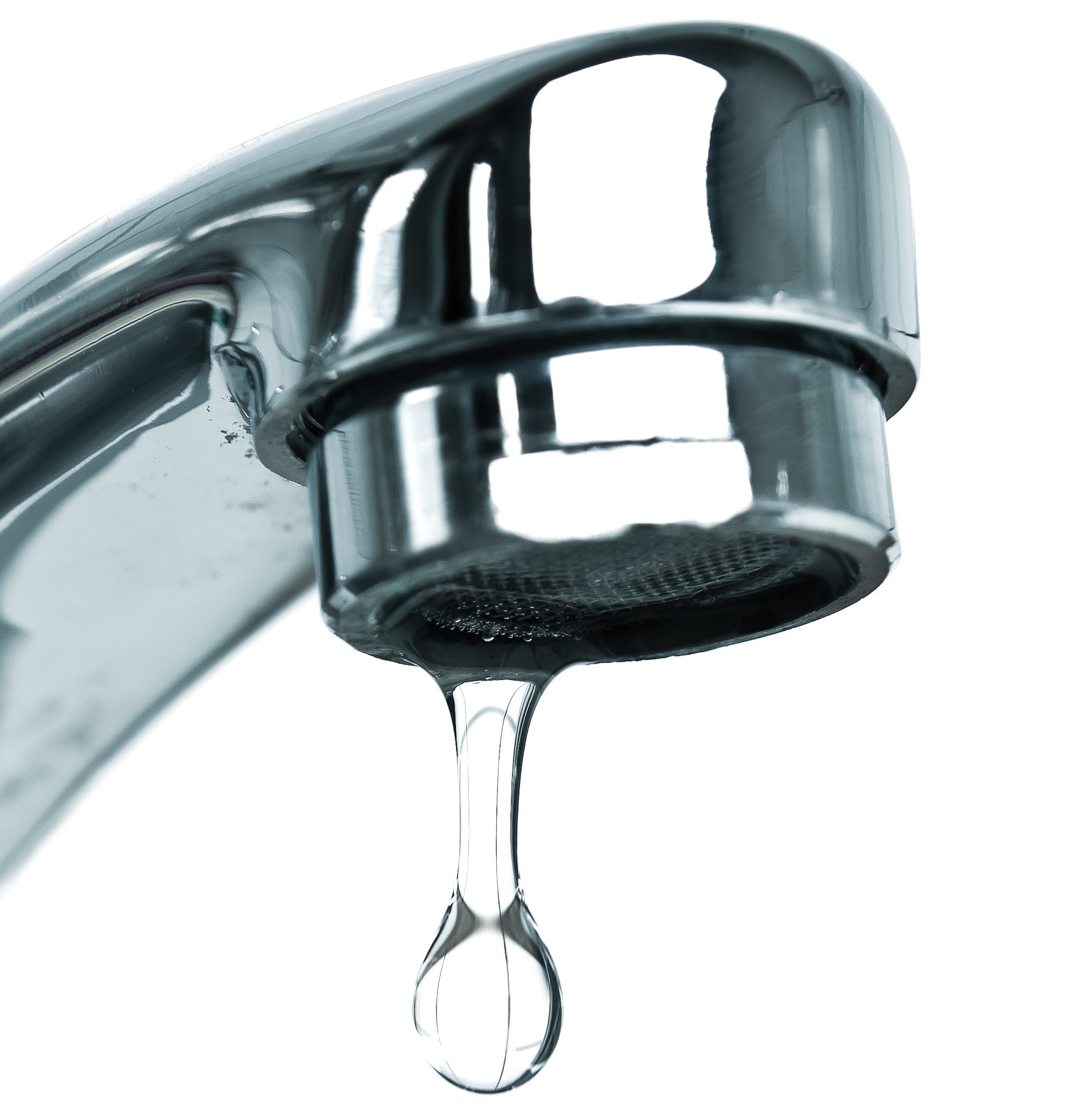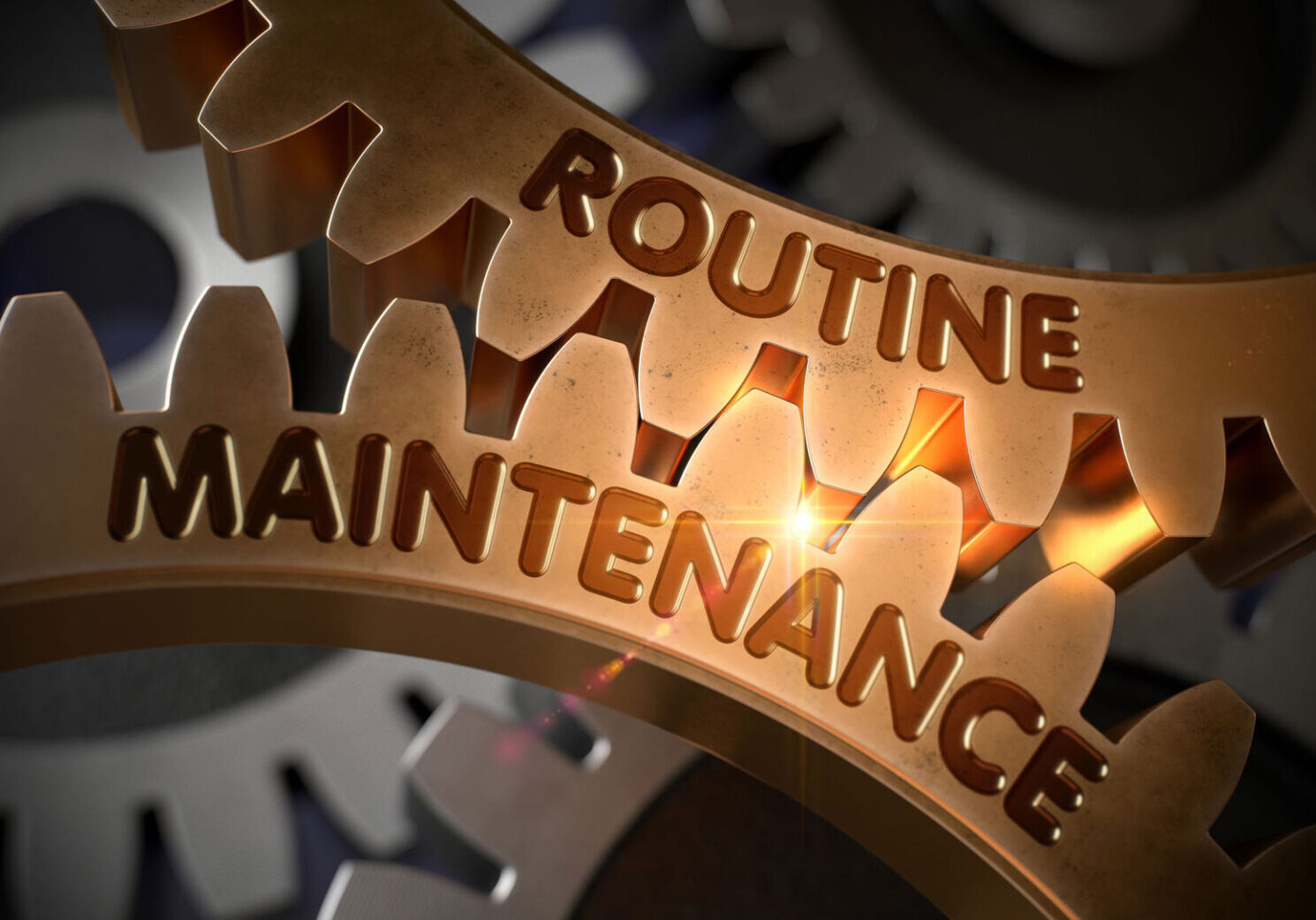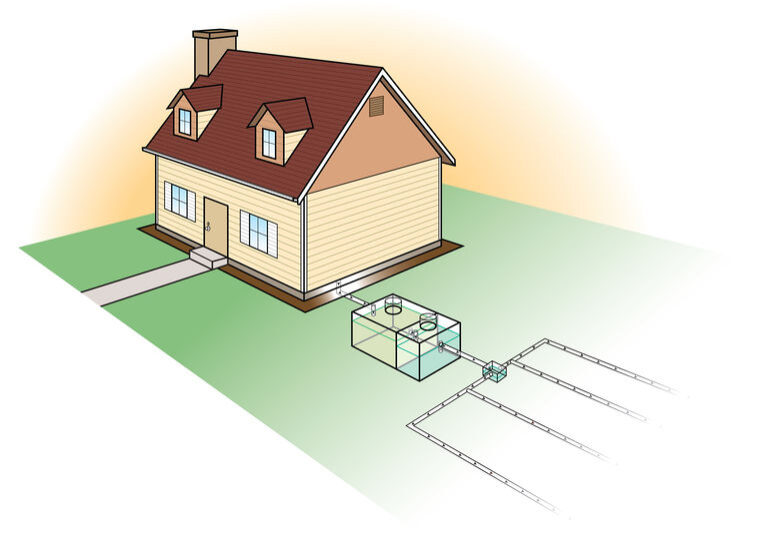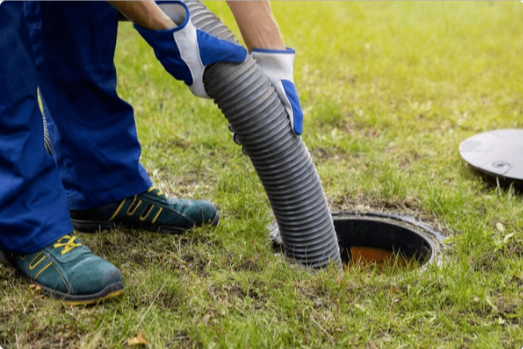A septic system is one of the most critical components of any property. It quietly and efficiently handles all the wastewater generated from daily activities like showering, cooking, doing laundry and using the toilet — making it an essential part of your home’s infrastructure.
When properly installed and maintained, a septic system can last for several decades, offering reliable and effective wastewater management. However, when something goes wrong, the results can be unpleasant, disruptive, costly to fix and even hazardous to both your health and the surrounding environment.
In this comprehensive blog post, we'll explore the most common causes of septic system failure, along with practical tips for avoiding them. Understanding these risks — and knowing how to spot them early — can help you take proactive steps to maintain a healthy, efficient system that serves your household for years to come.
Table of Contents
Most Common Causes of Septic System Failure
These are the most frequent reasons why septic systems fail. By recognizing and addressing them early, you can avoid major problems down the line.

Overloading the System
One of the leading causes of septic system failure is overloading the system with more water than it can handle.
Septic systems are designed based on the size of a household and its typical water usage. When too much water flows into the system, it doesn’t allow sufficient time for solids to settle, leading to clogs and eventually failure.
Common Ways Systems Get Overloaded:
- Doing multiple loads of laundry in one day
- Long showers or running water continuously
- Leaky faucets or toilets that constantly drip
When a system is overloaded, the drain field (where wastewater is dispersed and filtered) becomes saturated. This makes it impossible for the soil to properly absorb and treat the wastewater, causing backups, odors and even contamination of nearby water sources.
How to Prevent Overloading:
- Stagger laundry loads throughout the week
- Install water-efficient appliances and fixtures
- Fix leaks immediately
By managing your household's water usage, you help your system operate smoothly and reduce the risk of failure.
Lack of Maintenance
Regular maintenance is the key to a long-lasting septic system. Unfortunately, many homeowners don’t give their system the attention it needs until it’s too late.
Failure to pump the tank regularly and inspect the system can lead to buildup, blockages and breakdowns.
Why Maintenance Matters:
Over time, solids accumulate in the bottom of the septic tank, forming a layer of sludge. If the tank isn’t pumped, this sludge can build up and flow into the drain field, clogging it and rendering the system ineffective.
Recommended Maintenance Schedule:

- Pump your tank every 3 to 5 years, depending on household size and water usage
- Schedule annual inspections to identify any potential issues early
- Keep records of service to track when maintenance was last performed
Regular pumping and inspections not only prevent septic system failure, but they also extend the life of your system and save you money in the long run.

Flushing Non-Biodegradable Materials
A septic system relies on natural bacteria to break down waste.
When non-biodegradable or harmful materials are flushed or poured down the drain, they can disrupt this balance, clog pipes or even damage the tank and drain field.
Items That Should NEVER Go Down the Drain:
- "Flushable" wipes (they don’t break down like toilet paper)
- Paper towels and facial tissues
- Feminine hygiene products
- Cooking grease and oils
- Chemical cleaners, bleach and antibacterial soaps
- Cigarette butts, cat litter and diapers
These items do not decompose properly and can quickly lead to clogs, backups and system failure.
What to Do Instead:
- Only flush toilet paper
- Dispose of grease in a container, not down the sink
- Use septic-safe cleaning products
Preventing damage caused by inappropriate waste is one of the simplest yet most effective ways to avoid septic system failure.
Drain Field Issues
The drain field is a vital part of your system.
After solids are separated in the septic tank, the remaining wastewater flows into the drain field, where it is naturally filtered through the soil. However, if the drain field becomes compromised, the entire system can fail.
Common Drain Field Problems:
- Compaction: Parking vehicles or placing heavy objects on top of the drain field can compact the soil, reducing its ability to absorb water.
- Root Intrusion: Tree and shrub roots can infiltrate and damage pipes, causing blockages.
- Saturation: Excessive water (from overloading or poor drainage) can oversaturate the soil, preventing proper filtration.
- Blockages: Solids from the septic tank that reach the drain field can clog the system and cause it to fail.
Signs of Drain Field Failure:
- Standing water or soggy soil above the drain field
- Foul odors around the area
- Slow drains in the home
- Sewage backups
How to Protect Your Drain Field:
- Never drive or park vehicles over the drain field
- Plant only grass above and near the drain field
- Divert rainwater away from the area
- Make sure the septic tank is regularly pumped to prevent solids from reaching the drain field
Proper care of your drain field is just as important as maintaining the septic tank itself. Without it, wastewater has nowhere to go, resulting in total septic system failure.

How to Tell If Your Septic System Is Failing
Knowing the signs of septic system failure can help you act quickly before the situation worsens. Here are a few red flags to watch out for:
- Sewage backing up into your home
- Unpleasant odors around your property
- Gurgling sounds in pipes or drains
- Patches of overly green or lush grass near the septic system
- Standing water or wet spots near the tank or drain field
- Slow drains throughout your home
If you notice any of these symptoms, contact a septic professional immediately. Early intervention can prevent further damage and save you thousands in repair costs.
For a more detailed breakdown of these signs, check out our related blog post: 6 Warning Signs That Indicate You Need a Septic Repair.

Preventing Septic System Failure
Preventing septic system failure is all about proactive care. Here are some tips to keep your system healthy:
- Pump regularly: Stick to a schedule based on your system's size and household usage.
- Inspect annually: Catch small issues before they become big problems.
- Conserve water: Spread out usage and repair leaks promptly.
- Be mindful of what you flush: Only flush biodegradable materials.
- Protect the drain field: Keep it clear of vehicles, trees and excess water.
Proper care and awareness go a long way in extending the life of your septic system and avoiding the headache of a failure.
Don’t Wait Until It’s Too Late
Your septic system plays a vital role in keeping your home and environment clean and safe. But like any other part of your home, it requires proper care and attention. By understanding the causes of septic system failure and how to prevent them, you can keep your system running efficiently for years to come.
If you're noticing any signs of trouble or it's been a while since your last inspection or pump, don’t wait. Contact a professional septic service provider today.
Need reliable septic maintenance in Northeast Oklahoma? Contact All American Septic to schedule an inspection or service today.
